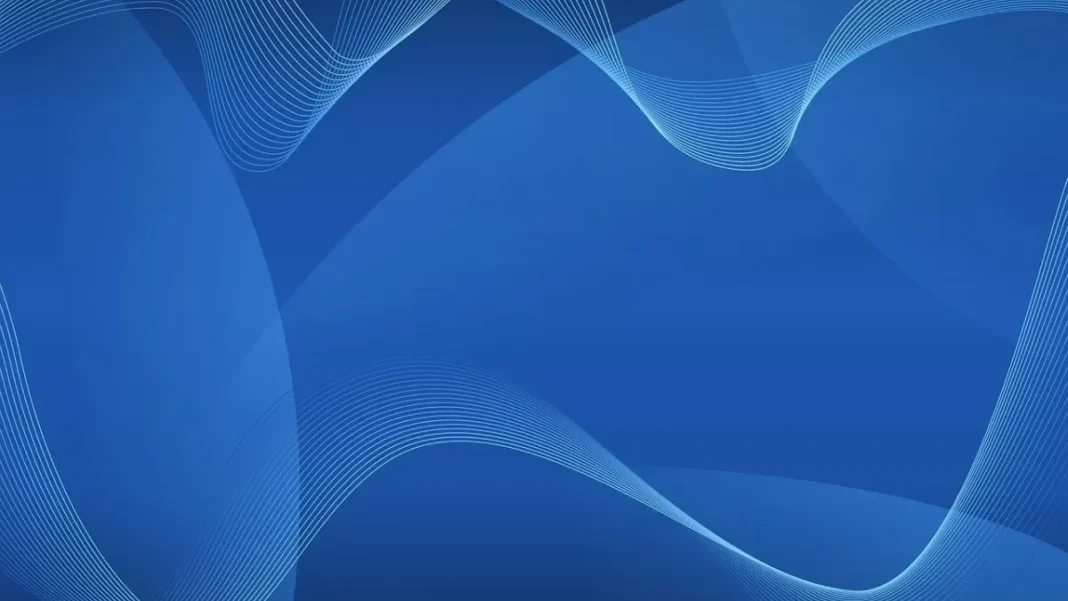A groundbreaking study published in Physical Review Letters has unveiled new methods to detect the elusive gravitational wave memory effect, a unique phenomenon predicted by Albert Einstein’s theory of general relativity. Led by a team of international scientists, this research opens up exciting possibilities for studying core-collapse supernovae, massive stellar explosions that generate low-frequency gravitational waves.
The concept of gravitational waves, first proposed by Einstein in 1916, is a cornerstone of modern physics. These ripples in the fabric of spacetime are created by cataclysmic events such as the merging of two black holes or the explosion of a massive star. Despite their significance, gravitational waves have remained undetectable for a long time due to their extremely weak signals.
However, in 2015, the Laser Interferometer Gravitational-Wave Observatory (LIGO) made a groundbreaking discovery by detecting gravitational waves for the first time. Since then, multiple gravitational wave detectors have been built around the world, resulting in numerous detections of these elusive waves. But there is still much to learn about these mysterious phenomena, and the gravitational wave memory effect is one such aspect that has remained largely unexplored.
The gravitational wave memory effect is a unique signature of gravitational waves that can be observed long after the original event has taken place. It is a permanent change in the spacetime that occurs as a result of the passage of gravitational waves. This effect was first predicted by Einstein himself, but until now, it has never been observed.
The study published in Physical Review Letters presents new methods to detect this memory effect, providing a rare opportunity to study the interiors of massive stars through their core-collapse supernovae. These supernovae are among the most powerful explosions in the universe, and they play a crucial role in the formation of new elements and the evolution of galaxies.
One of the biggest challenges in studying core-collapse supernovae is that most of the information about these explosions is hidden from view. However, gravitational waves can penetrate through these stellar interiors, offering a unique perspective into the inner workings of these massive stars. By detecting the memory effect of gravitational waves, scientists can gather crucial insights into the physical processes that drive these explosions.
The new methods proposed by the research team involve utilizing multiple detectors to measure the memory effect. By comparing the signals from different detectors, scientists can filter out the noise and extract the memory effect signal. This technique has been successfully tested on simulated gravitational wave signals, showing promising results for future observations.
What makes this study even more exciting is the potential to uncover new physics. The current models of core-collapse supernovae are based on theoretical predictions, and gravitational wave observations can help validate or challenge these theories. By studying the memory effect, scientists can also gain a better understanding of the nature of gravity and test the limits of Einstein’s theory of general relativity.
The detection of the gravitational wave memory effect would also mark a significant milestone in the field of astronomy. It would not only provide concrete evidence for the existence of this predicted phenomenon but also open up a new window for studying the universe.
The potential of this research goes beyond the study of core-collapse supernovae. The detection of the memory effect can also have far-reaching implications for other areas of astrophysics, such as the study of neutron stars, black holes, and the early universe. It also has the potential to impact fields beyond physics, including cosmology, astrophysics, and even computer science.
The groundbreaking study published in Physical Review Letters is a testament to the ingenuity and perseverance of the scientific community in their quest to unravel the mysteries of the universe. The techniques proposed in this research hold great potential for unlocking a treasure trove of knowledge about the universe and our place in it.
In conclusion, the new methods to detect the gravitational wave memory effect, as highlighted in the study published in Physical Review Letters, offer an exciting opportunity to study core-collapse supernovae and gain a deeper understanding of the universe. With this breakthrough, we are one step closer to unlocking the secrets of the universe and advancing our understanding of the laws that govern it.


